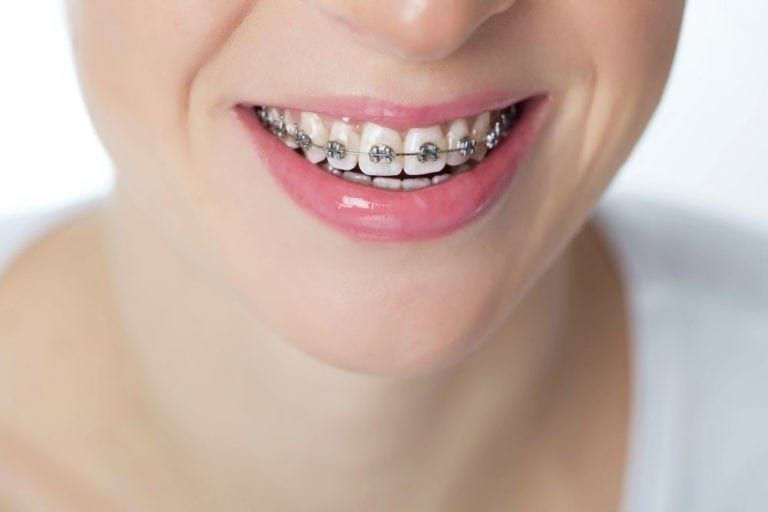How Orthodontists Differ from Dentists: Know Before You Book
- dclinicdubai
- Jun 27
- 3 min read
When looking to improve your smile or maintain oral health, it's important to understand the difference between a dentist and an orthodontist. Both play essential roles in your dental care journey, but their training, specialties, and services vary significantly. If you're considering seeing Orthodontists in Dubai, understanding what sets them apart from general dentists will help you make a more informed decision before you book an appointment.

Education and Training Pathways:
Both dentists and orthodontists begin with a dental degree, but orthodontists go through several additional years of postgraduate training focused solely on aligning teeth and correcting bite issues. This means while all orthodontists are dentists, not all dentists are orthodontists. Their advanced education equips them to handle complex cases that involve jaw structure, facial growth, and advanced tooth movement.
Scope of Practice:
Dentists focus on general oral health—cleanings, fillings, crowns, root canals, gum care, and overall dental hygiene. They are your go-to professionals for preventive care and restorative treatments. Orthodontists, on the other hand, specialize in diagnosing and treating misalignments in the teeth and jaw. Their treatments are designed to improve function, alignment, and aesthetics, often involving braces, aligners, and other orthodontic appliances.
Tools and Technologies Used:
While both use diagnostic tools such as X-rays and digital imaging, orthodontists often utilize more specialized technologies. These include 3D imaging systems, cephalometric analysis, and treatment planning software that allows for precise tooth and jaw movement tracking. These tools enable orthodontists to create customized treatment plans that are specifically tailored to each patient’s anatomical structure.
Common Treatments Offered:
Dentists provide services like cavity fillings, dental cleanings, whitening, and extractions. They are essential for maintaining day-to-day oral health. Orthodontists provide treatments that address the alignment of teeth and jaws, such as traditional metal braces, ceramic braces, Invisalign, retainers, and functional appliances. If your concern involves spacing, crowding, or bite correction, an orthodontist is the specialist you need.
Duration and Nature of Treatment:
Dental treatments are often short-term and may require just one or a few visits. Orthodontic treatment, in contrast, typically spans months or even years. It involves ongoing adjustments, progress monitoring, and a retention phase after the active treatment ends. The long-term nature of orthodontic care requires consistent visits and a well-structured follow-up plan.
Age of Patients Treated:
Dentists serve patients of all ages, from children to seniors, providing comprehensive care across a lifetime. Orthodontists also treat all age groups but are often involved during key developmental years to guide teeth and jaw alignment in children and teens. In recent years, a growing number of adults have sought orthodontic treatment for both health and cosmetic reasons, leading to an increase in discreet options like clear aligners.
Functional and Aesthetic Goals:
While general dentistry primarily focuses on function and oral disease prevention, orthodontics combines both functionality and aesthetics. Straight teeth not only look better but also function better, are easier to clean, and reduce the risk of long-term complications such as TMJ disorders and gum disease. Orthodontists approach treatment with a dual lens of improving both health and appearance.
Collaboration and Referrals:
In many cases, dentists and orthodontists work together to provide comprehensive care. A dentist might identify a misalignment or bite issue during a routine checkup and refer the patient to an orthodontist for specialized treatment. Conversely, an orthodontist may refer a patient back to a dentist for cleaning, cavity treatment, or cosmetic work once orthodontic treatment is complete. This collaboration ensures patients receive well-rounded care.
Cost Considerations and Insurance:
Dental care and orthodontic care are priced differently due to the complexity and length of treatment. General dental procedures may be covered more comprehensively by insurance, while orthodontic treatments might require special coverage or separate plans. However, many clinics—including those with Orthodontists in Dubai—offer flexible payment plans and customized packages to make care more accessible.
When to Choose an Orthodontist Over a Dentist:
If you’re dealing with issues like crowded teeth, overbites, underbites, or gaps, an orthodontist is the right choice. For routine cleanings, fillings, or gum issues, your general dentist is equipped to handle those needs. Understanding these distinctions helps patients receive the most appropriate and effective treatment for their specific dental concerns.
Final Thoughts:
Knowing the difference between dentists and orthodontists empowers you to take control of your oral health journey. While dentists are essential for maintaining everyday dental care, orthodontists specialize in correcting structural and alignment issues that affect both function and appearance. Whether you're exploring treatment options for your child or considering adult braces yourself, consulting with Orthodontists in Dubai can help you make confident, informed choices about your smile. In the end, both professionals play complementary roles in achieving a healthy, beautiful, and long-lasting smile.


Comments